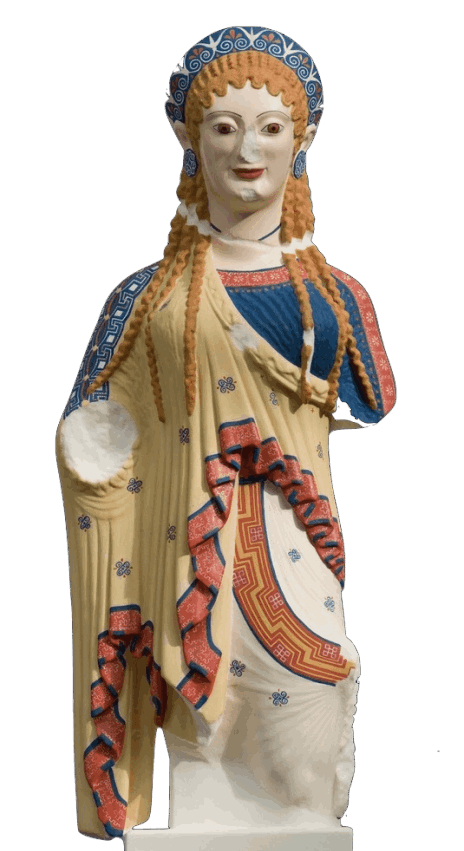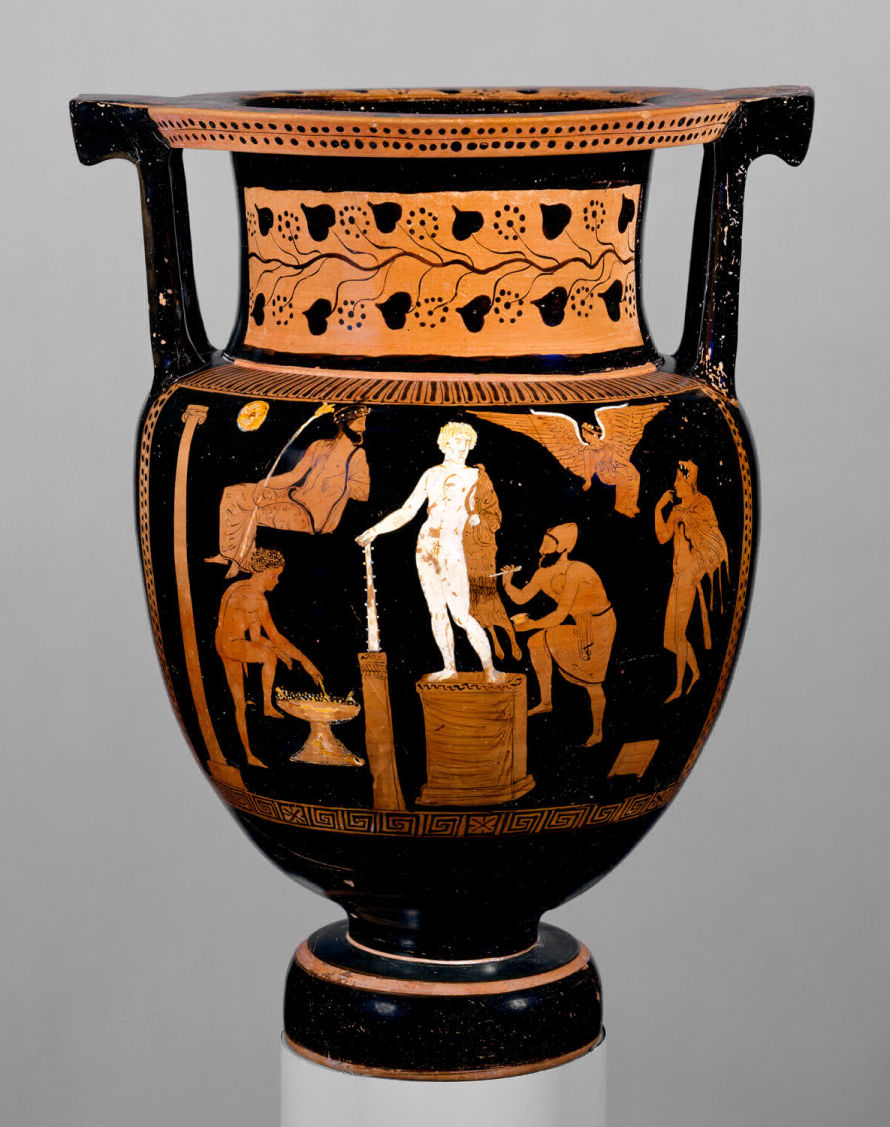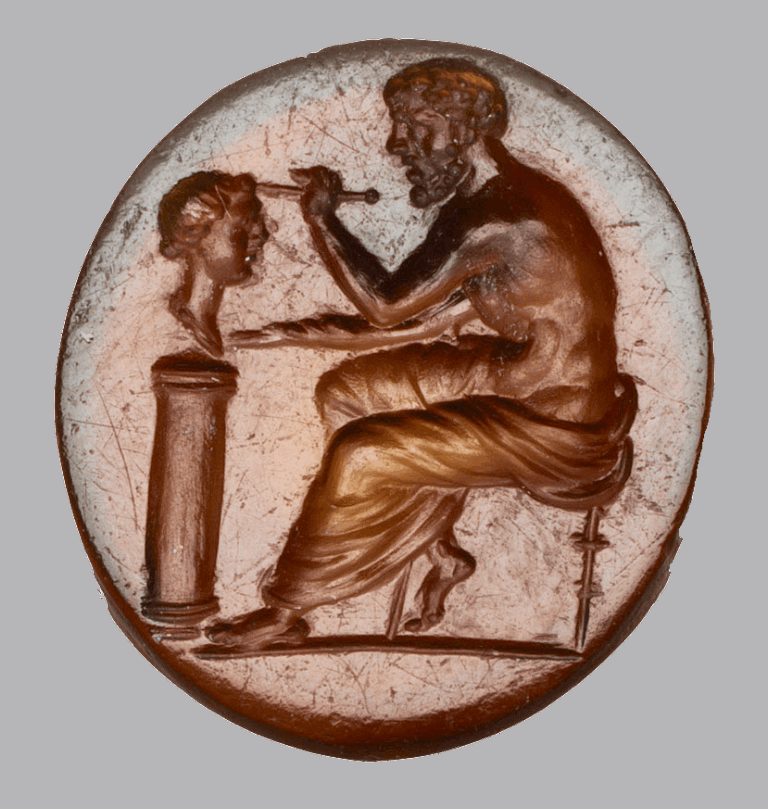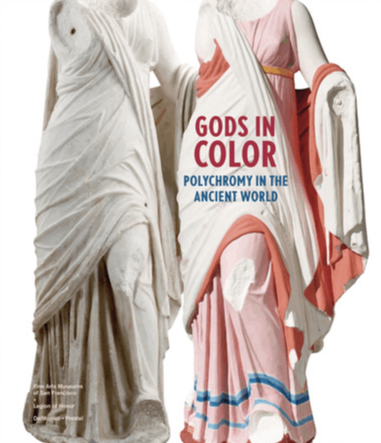
The history of the west is nothing if not colorful . The Greek and Roman statutes of antiquity — still popularly perceived in the collective consciousness as pure in their whiteness—were never white. Rather, they were painted, in great and often garish detail, with a variety of pigments.
Recent research on the coloration of Greek and Roman art and architecture has significantly increased our understanding of classical art, and raised new questions about Western visual aesthetics.
Ancient polychromy has been proven beyond doubt. The evidence is copious and multifaceted—including pigments that have remained in statues’ surfaces, as well as a variety of artifacts depicting artists painting statues.


